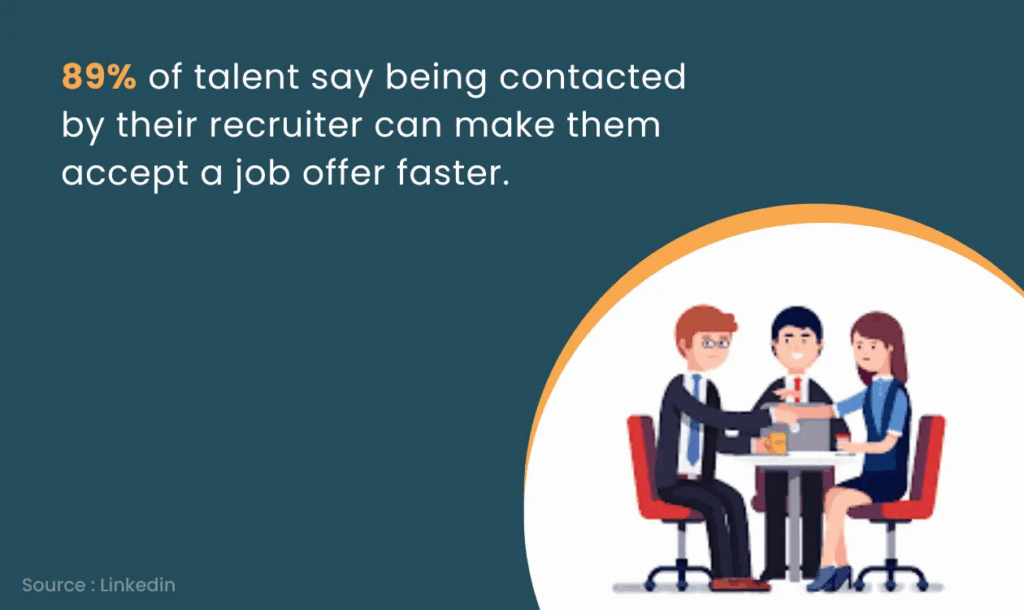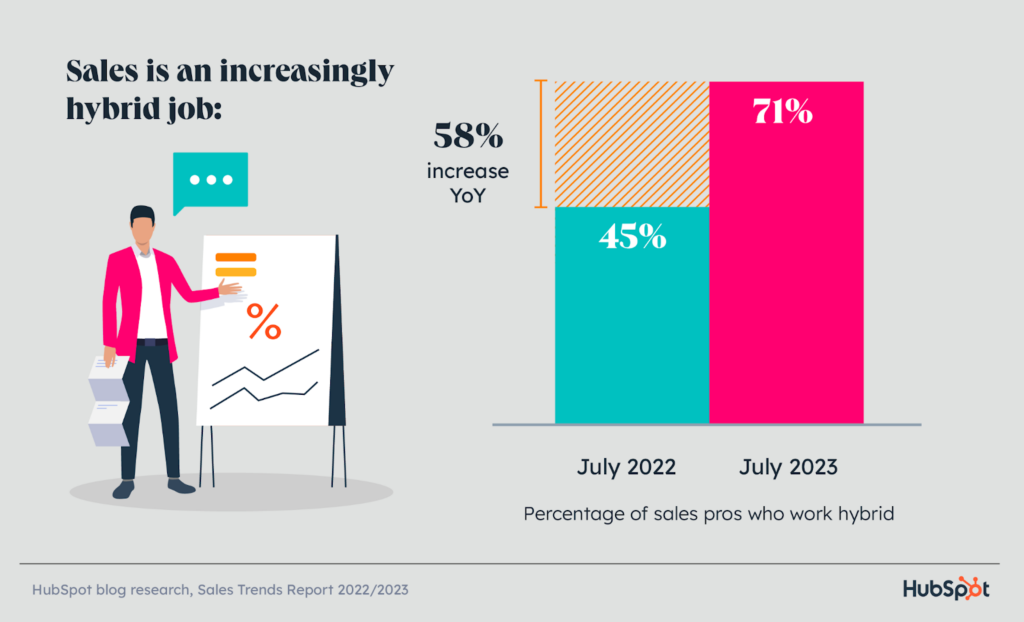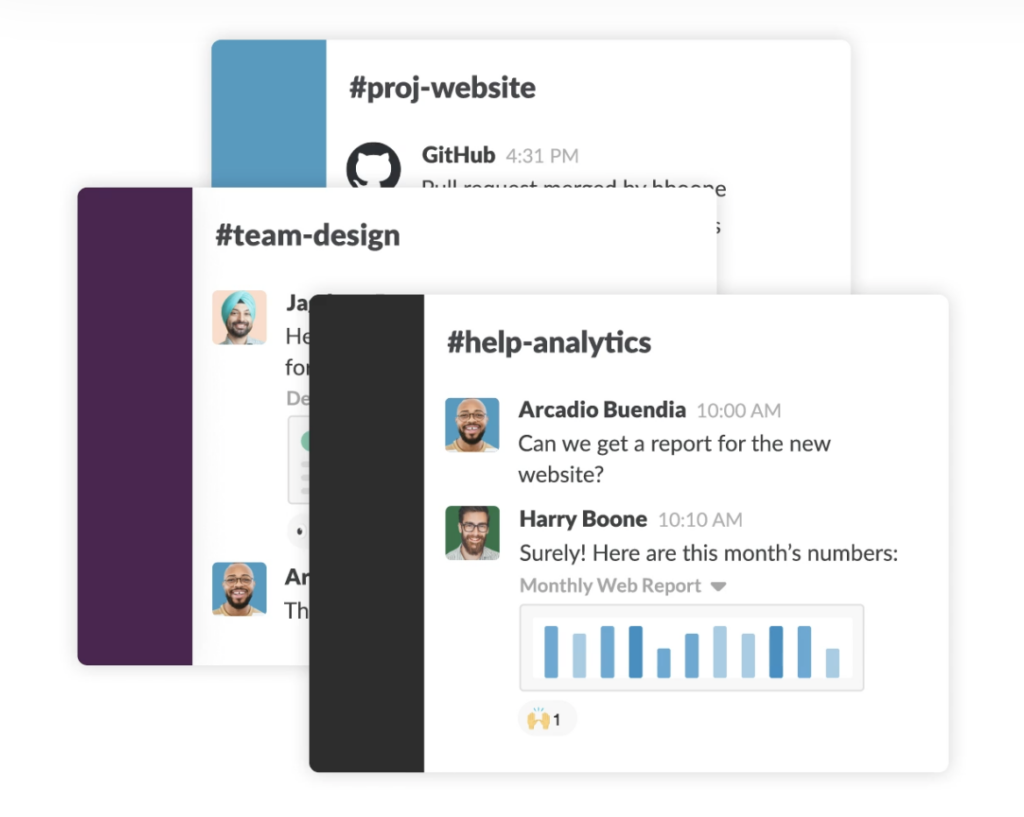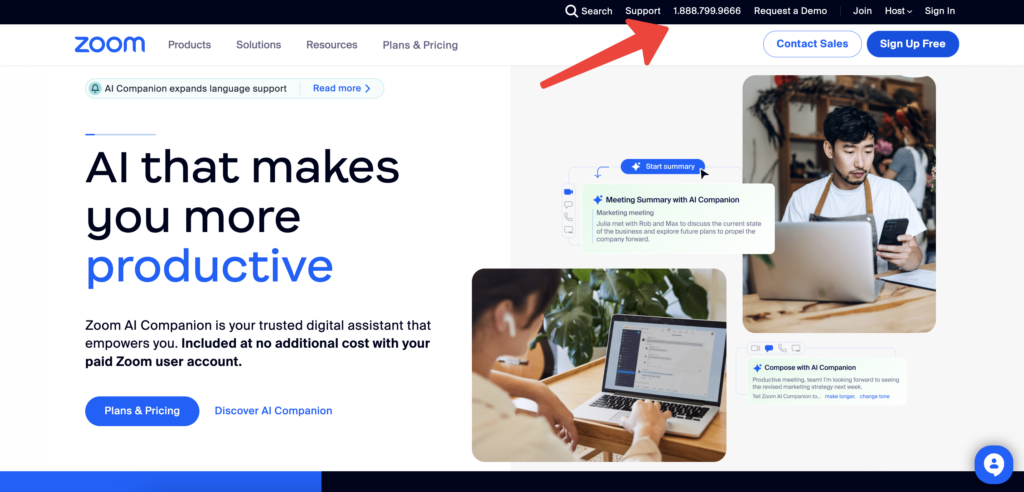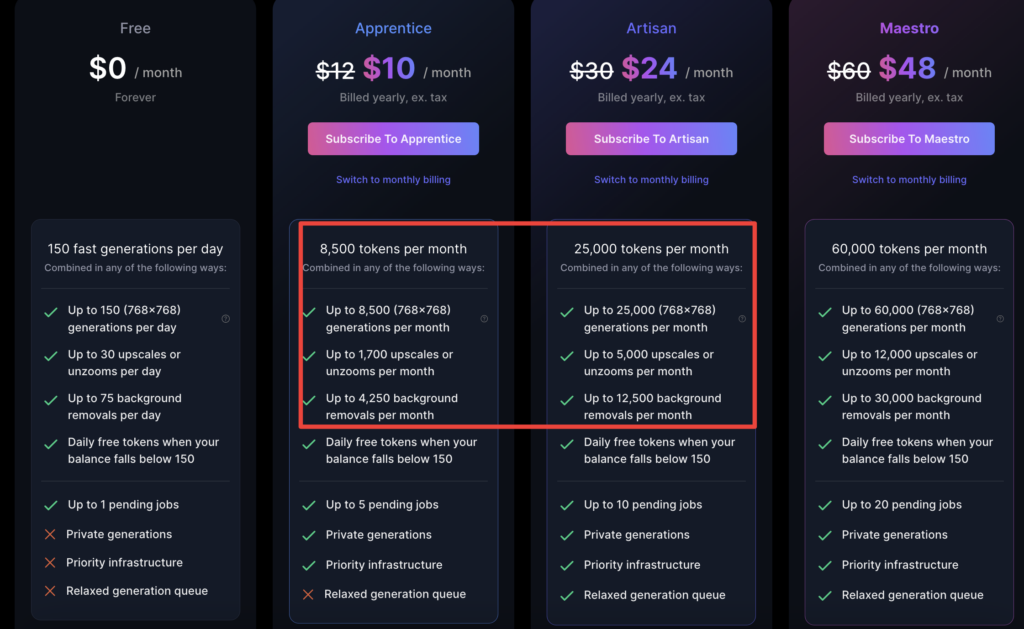Sales in general can be a challenging profession. However, because you’re often dealing with multiple stakeholders, longer buying cycles, and high turnover, selling SaaS comes with a unique set of challenges that only a small percentage of people truly thrive in.
To ensure you build a strong SaaS sales team, it’s essential to know which characteristics to look for in candidates and use the right tools to objectively understand what each person brings to the table. With that said, we’ve narrowed it down to four of the most critical core competencies, along with practical strategies to find the best of the best.
Focus on Consultative Selling
In the past, many of the top salespeople were the ones who were the most skilled at pushing products on buyers, even if they weren’t necessarily the best fit. Those who were most aggressive and didn’t take no for an answer were usually the reps who won.
Don’t get me wrong, it’s certainly important to actively pursue leads and keep your foot on the gas. But in today’s SaaS sales world, finding success is more about helping customers solve a problem and acting as a consultant rather than pressuring them to buy. Using old-school, aggressive techniques is a major turnoff for most buyers, and they’ll simply look elsewhere.
That’s why it’s so important for a rep to take the time to truly understand a buyer’s needs and pain points and find the SaaS product that perfectly checks all the right boxes. To do this, you’ll want to look for candidates who are skilled at asking open-ended discovery questions, building dialogue, and are capable of building genuine trust with buyers.
A simple way to gauge this is to run them through a scenario where there’s a buyer who isn’t sure what they need and see how the candidate responds — ideally, asking questions rather than jumping straight to the pitch.
Measure the Will to Sell
It goes without saying that motivation is integral to success when selling SaaS. But when you consider the lengthy sales cycles that reps often contend with — “SMB cycles usually take 1-3 months, while enterprise deals can extend to 6-12 months or more” — finding those with a deep will to sell is absolutely vital.
The only problem is, how can you objectively measure a person’s motivation level?
In the past, you typically had to rely on their previous track record and the impression they gave during an interview. But fortunately, there are now tools available that allow you to put a quantitative score on the will to sell, so you can compare multiple candidates side-by-side to see who wins.
The Sales Skills Assessment, for example, looks at traits like motivation, desire, commitment, outlook, and responsibility. Then it crunches the data and gives you a concrete score, so you know exactly what you’re working with.
That way, you can ensure that whoever you ultimately hire is naturally wired to be highly motivated and can dramatically increase the odds of them being an asset to your team.
Look for Hunters
This overlaps somewhat with motivation, but focuses on the ability to continually seek out new sales opportunities without any hand-holding.
Regardless of how well-established your SaaS company is, ongoing pipeline generation should always be part of your agenda. Even if you have a lower-than-average turnover rate, you always want to be adding new buyers to your customer base. That’s why finding natural hunters should be another top priority.
Here are some specific traits to look for.
- Proactiveness
- Having a go-getter mentality
- Competitiveness
- Motivatation
- Innovation
- Resilience
And how do you identify hunters?
A great starting point is to look for candidates who have a history of finding self-sourced leads rather than needing marketing to serve them up on a silver platter. Also, during an interview, you can ask a candidate about creative strategies they’ve used to find highly targeted leads in the past and how they’ve closed deals.
Identify Coachable Candidates
No matter how skilled, how educated, or how seasoned a SaaS salesperson may be, there’s always room for improvement. And whenever you bring a new rep on board, they certainly won’t have all of the answers right off the bat. Combine that with the constant evolution of SaaS and adding new features, offerings, etc., and you can see why it’s so important to choose coachable salespeople.
To be clear, coachable means being willing to accept feedback, being open to constructive criticism, having a willingness to adapt, and generally being able to adapt to a complex SaaS selling environment. If you can land this type of salesperson, they’ll be far more likely to become a valuable asset, as opposed to someone who’s uncoachable and unwilling to accept feedback.
In terms of identifying this type of candidate, injecting coachability questions into your interview is one of the most effective strategies. Below is a set of example questions from HubSpot that’s good for gauging coachability.
Also, after performing a sales role play, you can give a candidate direct feedback to see how they respond. This should offer firsthand insight into what their level of coachability is like, so you’ll know how they’d likely behave in your SaaS sales environment.
Finding Reps Who Can Handle the Challenges of Selling SaaS
It takes a very specific skillset of both hard and soft skills to truly thrive in selling SaaS. And honestly, it’s not for everyone. To ensure you build a strong foundation and continually add top talent to your team, you need to 1) know what to look for in SaaS salespeople and 2) use practical strategies for finding the right people.
While we by no means covered everything, the traits above should serve as excellent starting points and help you filter through the talent pool to find the winners.
Looking for a simple yet incredibly potent tool to pinpoint elite sales candidates? Check out the Sales Skills Assessment. It evaluates 21 core competencies to provide high-level insights into each candidate’s strengths and weaknesses so you can make confident, data-driven hiring decisions.





